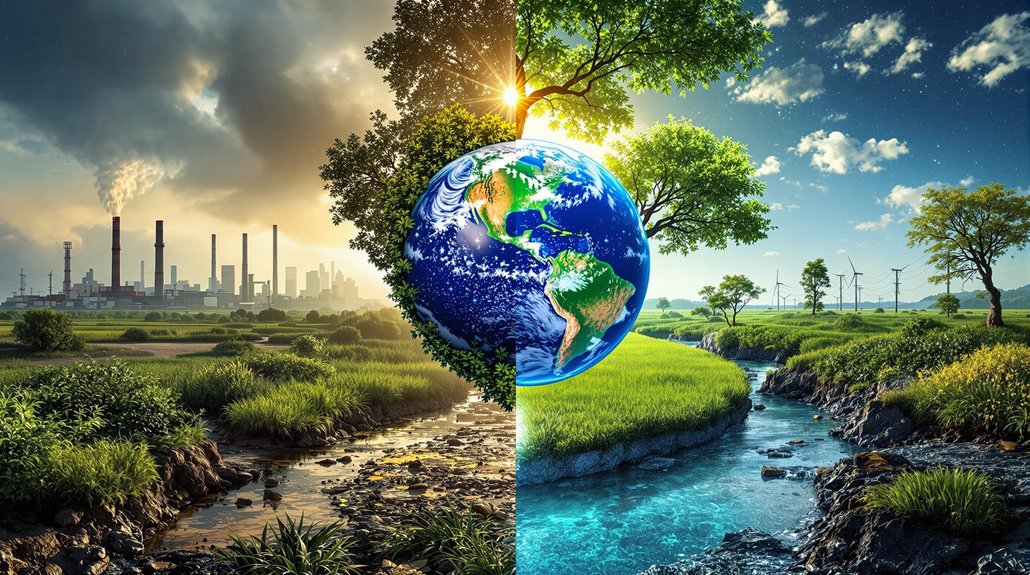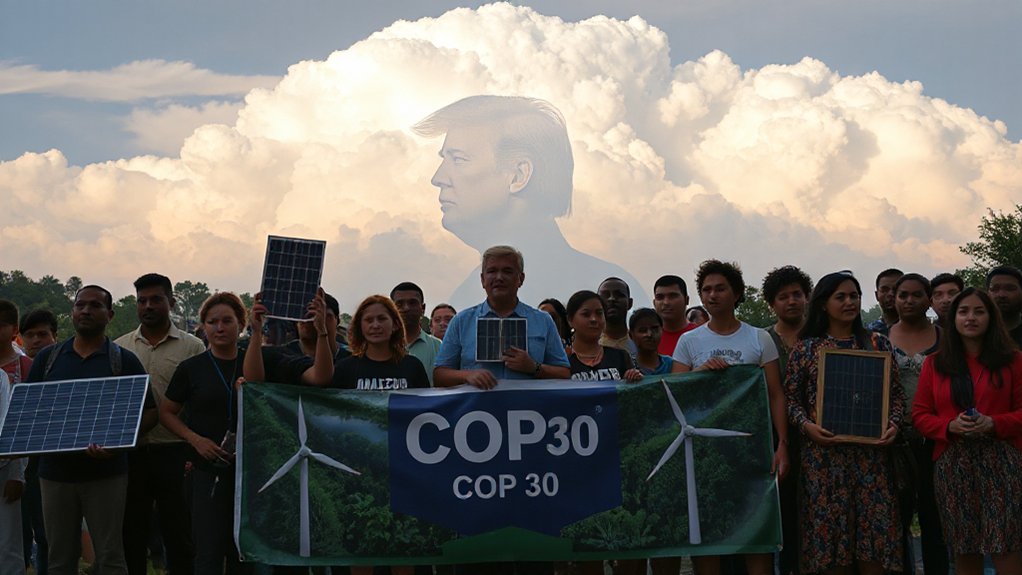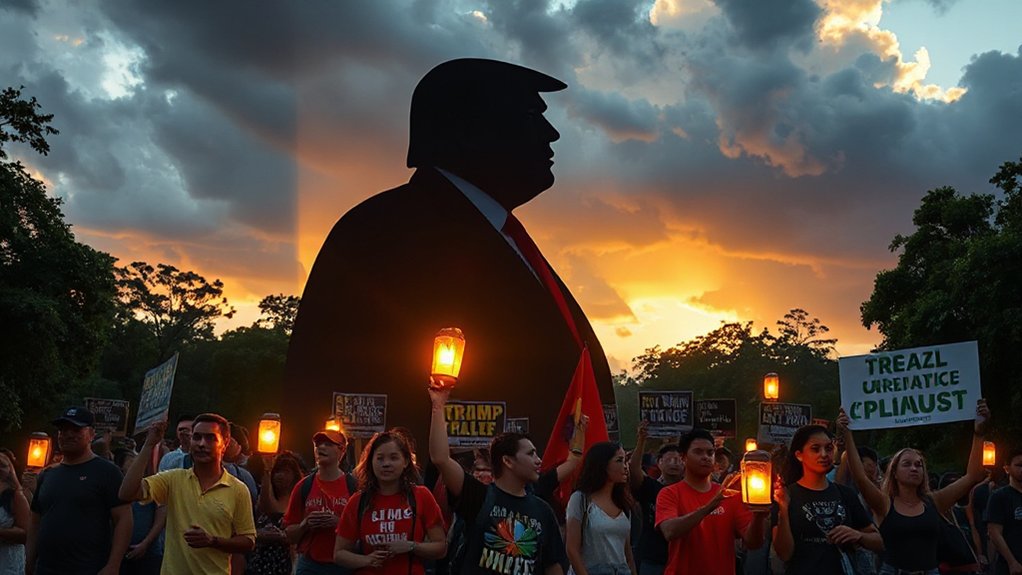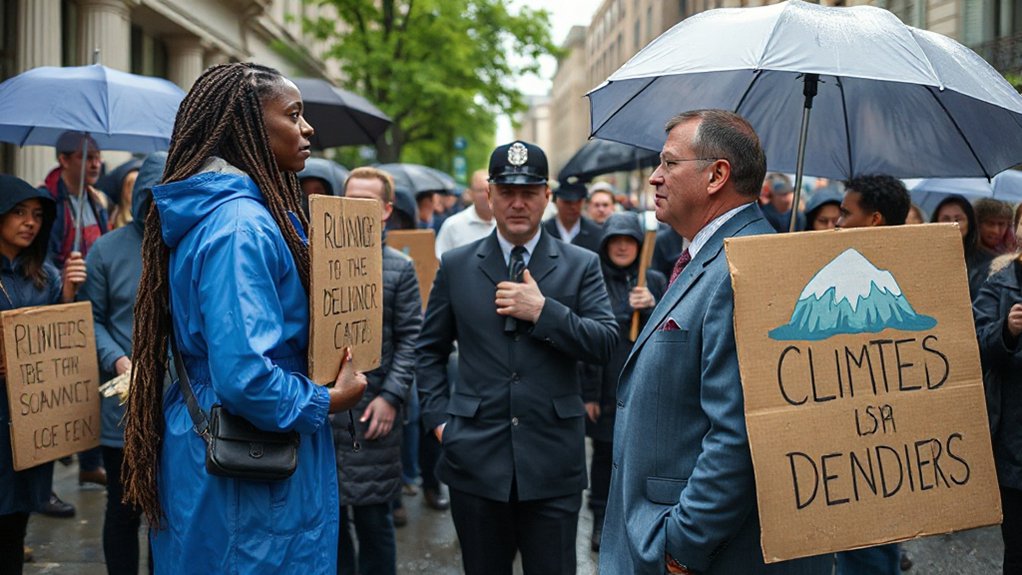Earth Day began in 1970 with 20 million Americans pushing for environmental protection. It sparked the EPA’s creation and pivotal legislation like the Clean Air and Clean Water Acts. By 1990, it expanded globally with 200 million participants in 141 countries. The movement changed public behaviors, influenced business practices, and mobilized communities for cleanups and tree plantings. Today’s sustainability culture stems directly from these grassroots beginnings. The full impact extends far beyond a single annual observance.
How did a single day of environmental activism grow into a global movement? The answer lies in Earth Day‘s remarkable journey that began in 1970 when 20 million Americans rallied for environmental protection. This massive demonstration led to immediate action, spurring the creation of the U.S. Environmental Protection Agency that same year.
The first Earth Day wasn’t just about raising awareness. It prompted the passage of essential legislation including the Clean Air Act, Clean Water Act, and Endangered Species Act. These laws created a framework for environmental protection that’s still in place today. They showed that public pressure could lead to real policy change.
By 1990, Earth Day had gone global. Two hundred million people across 141 countries participated, showing that environmental concerns weren’t limited by borders. This worldwide engagement helped inspire the 1992 UN Earth Summit and influenced major international agreements like the Paris Climate Accord and Kyoto Protocol. In 2016, the United Nations deliberately chose Earth Day for world leaders to sign the Paris Climate Agreement, highlighting the day’s global significance.
Earth Day’s impact extends beyond policy. It’s changed how people think about their relationship with the planet. Schools now include environmental education in their curriculum. Recycling, energy efficiency, and waste reduction have become common practices in many households.
The business world has also responded to Earth Day’s influence. Companies now face consumer pressure to adopt sustainable practices, though this has led to both genuine improvements and instances of “greenwashing” where firms make empty environmental claims. This shift mirrors broader market trends where clean energy investments now outpace fossil fuels at a ratio of $1.70 to every dollar.
At the community level, Earth Day has mobilized millions for local cleanups, tree plantings, and restoration projects. The Great Global Cleanup Movement connects community leaders worldwide for over 1,500 cleanup events annually. It’s unified individuals, non-profits, and local governments in sustainability initiatives that continue year-round.
Despite these achievements, Earth Day faces criticism. Some say it’s become too commercialized. Others point to rising greenhouse gas emissions as evidence that awareness hasn’t translated into sufficient action. Developing nations also struggle to participate fully due to limited resources.
Still, Earth Day’s legacy continues to evolve as it addresses new challenges like plastic pollution while maintaining its core mission of environmental protection through collective action.








